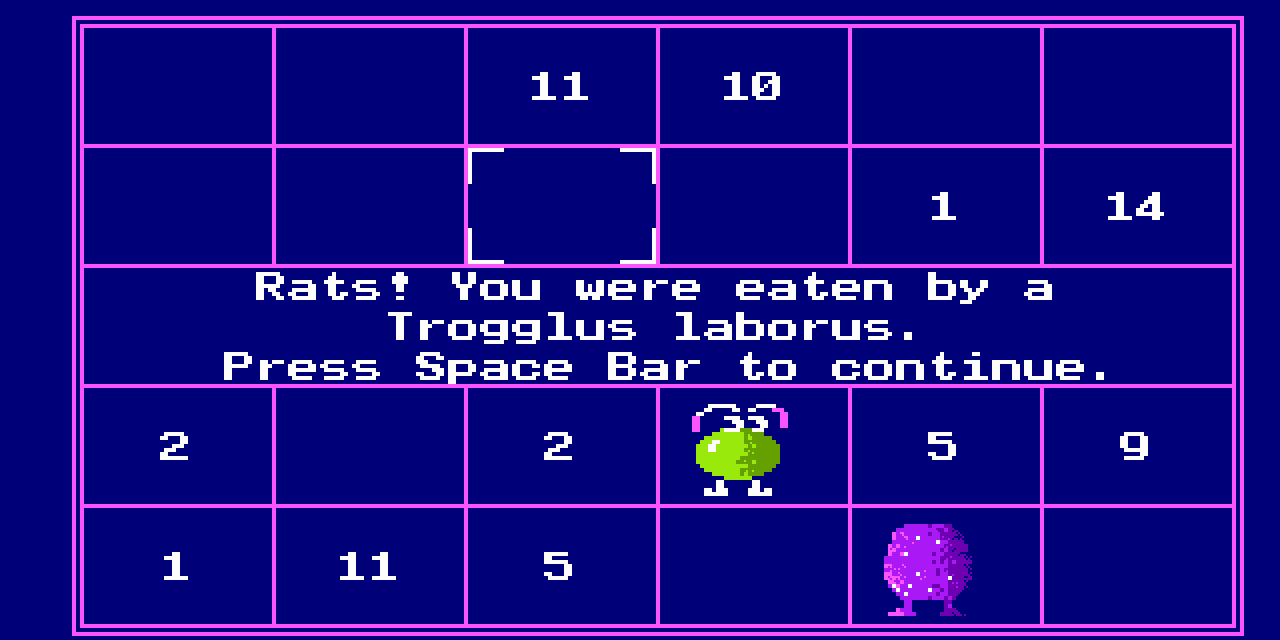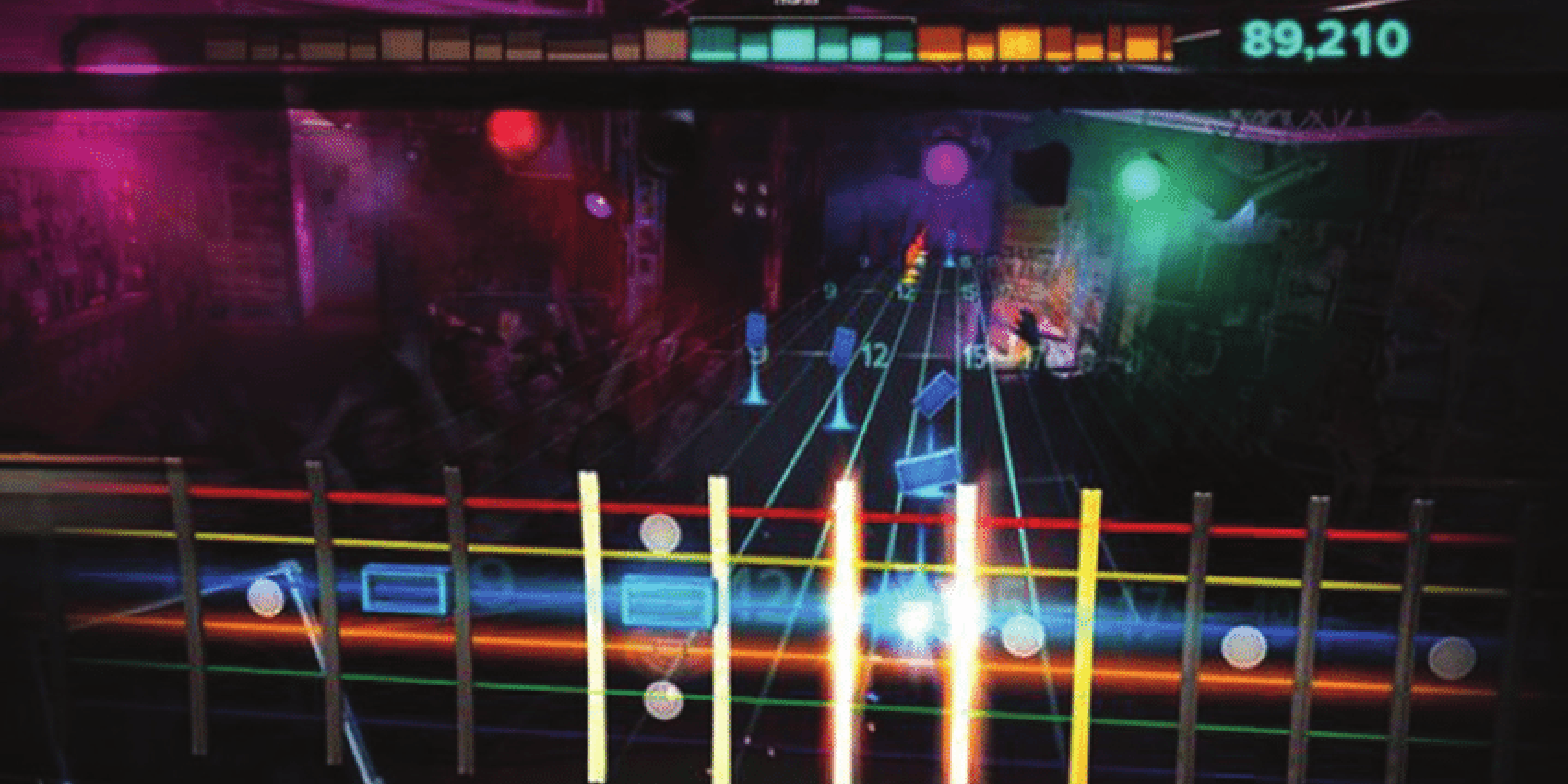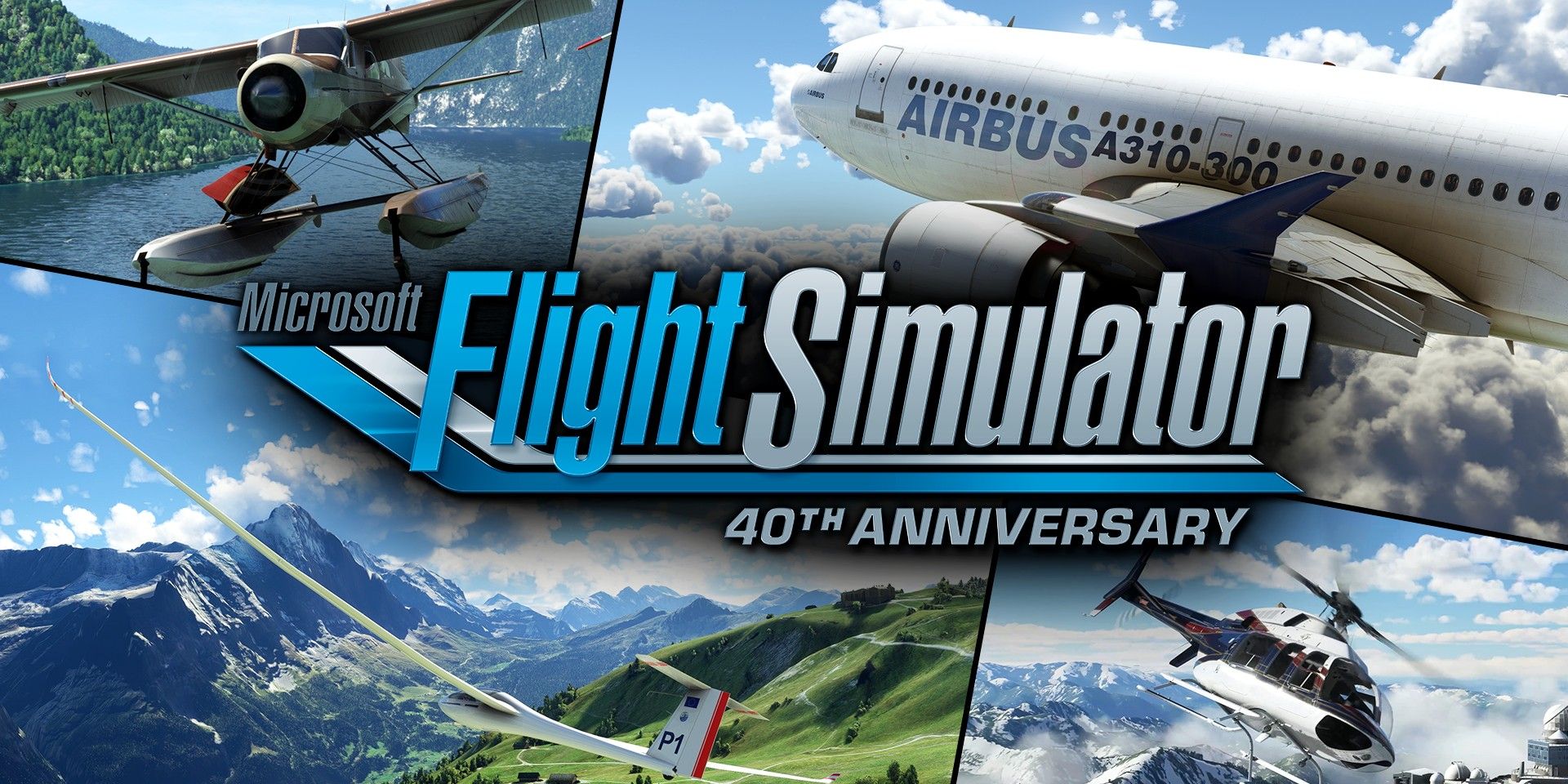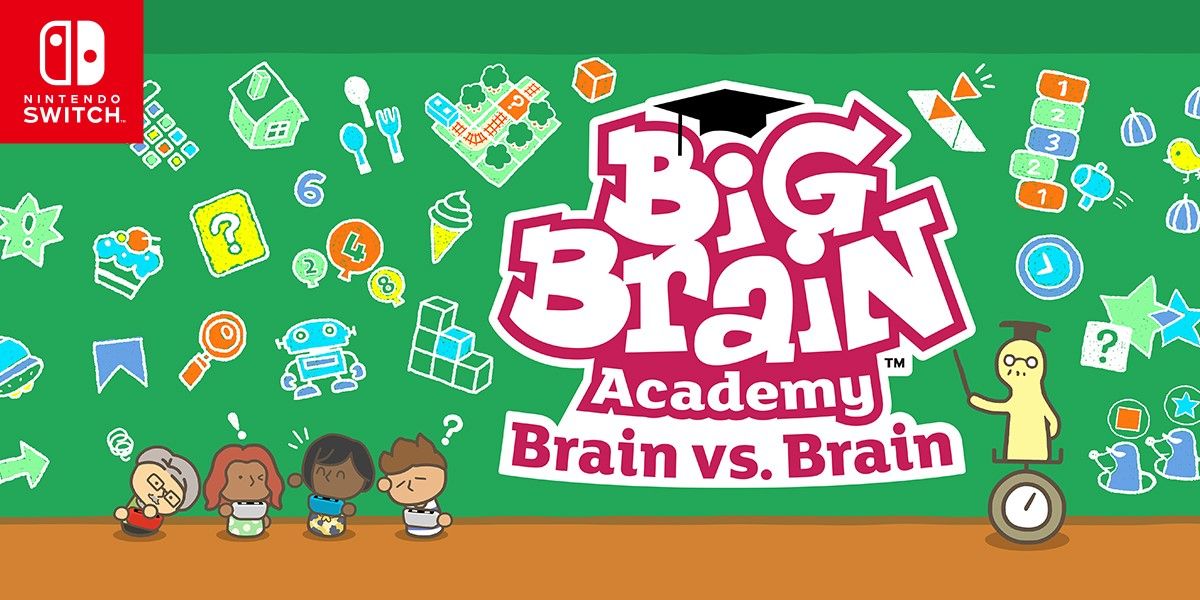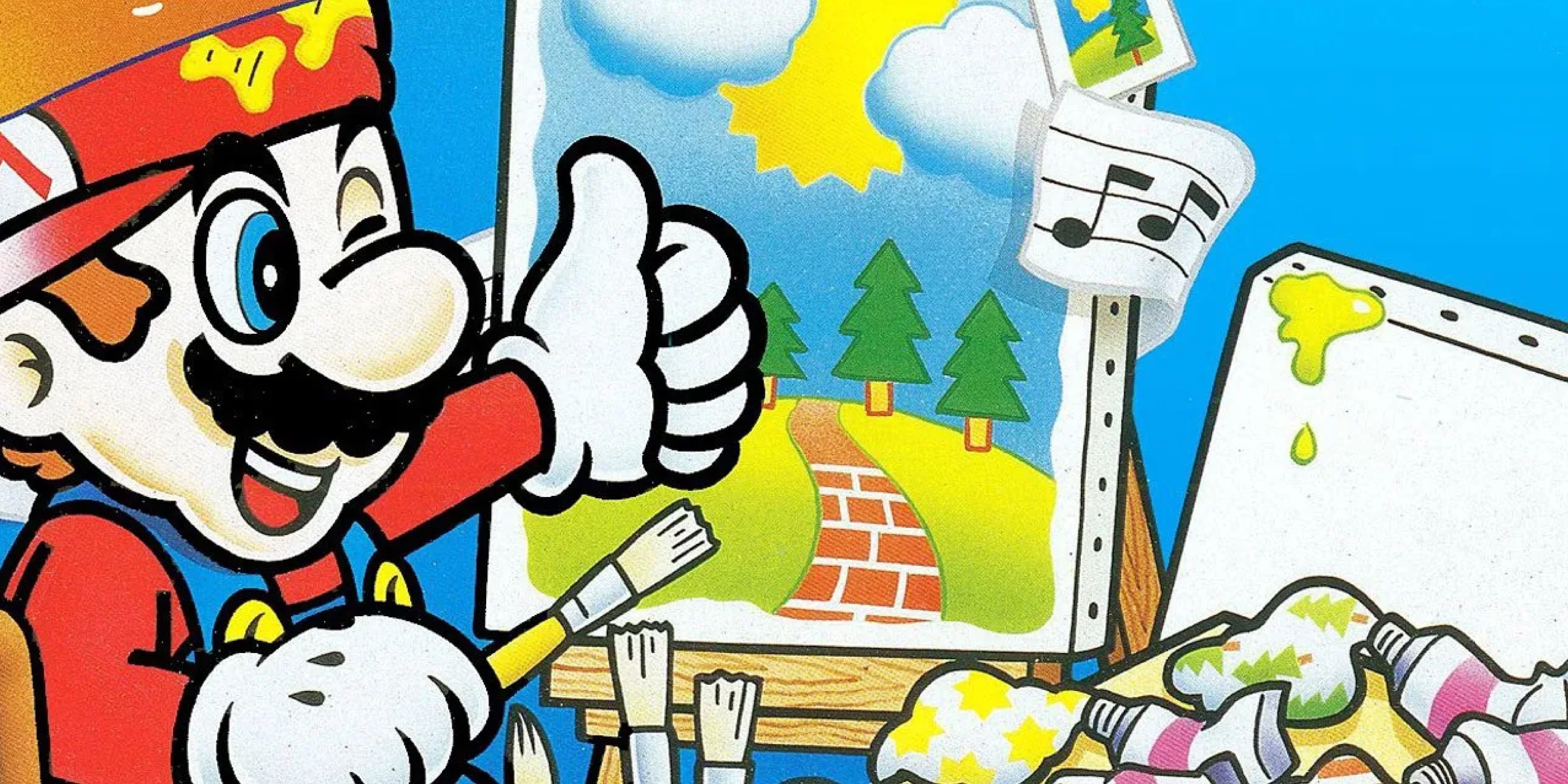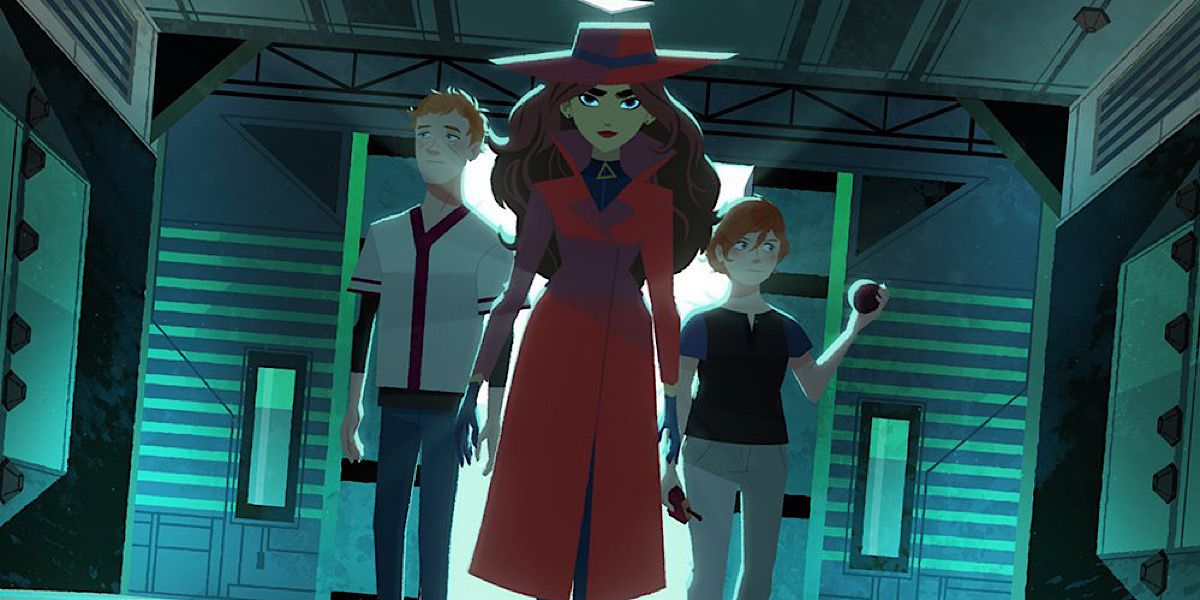The edutainment genre combines education with video games, but it wasn’t always the best fit. Many titles in the genre were criticized for using poor gameplay and dodgy education styles to teach facts of questionable origin. The NES became a dumping ground for such games, especially in later years when the 10NES authentication circuit was defeated.
The best edutainment games rise far above this level. The best games in the genre aren’t just educational, but genuinely entertaining, with witty writing and well-designed gameplay loops. They are also well-researched, including up-to-date teaching methods and strong historical and current-events groundings to keep students informed. These games more than educational. They’re genuinely good games that hold up over time.
10 The Oregon Trail Was The Origin Of Edutainment Games
While there were educational computer games before it, The Oregon Trail became the origin of the modern edutainment genre. Programmed by a student teacher at Carleton College in the spring of 1971, the game’s mix of history trivia and frequent misfortune made it addictive.
Minnesota Educational Computing Consortium began sharing The Oregon Trail in 1974 on its timesharing network. When MECC looked to expand its educational offerings into brand-new microcomputers in 1978, The Oregon Trail was its first. It was free to schools, and inexpensive to the public. The credibility The Oregon Trail‘s popularity brought to MECC spawned a generation of games like Odell Lake and the Munchers series.
9 Mario Is Missing Brought A Mario Flavor To The Genre
In 1993, The Software Toolworks released one of few licensed Mario games. Mario is Missing! became the first game in the Mario series to feature Luigi as the main character. Released for PC, NES and Super NES, the game used Mario physics and platforming to teach players about world cities.
While generally well-liked, Mario is Missing! received mixed reviews, even from generally-positive house magazine Nintendo Power. The game was retrospectively criticized for numerous minor factual errors that crept into its text, but it remained an important edutainment title for home video game consoles.
8 Kerbal Space Program Is Exacting And Hilarious
Introduced in a very basic form in 2011, Kerbal Space Program combines the traits of exacting simulation and geeky humor that make a good edutainment title. Additionally, it includes everything that would make a good educational space game.
KSP’s simulation of space flight improves with every iteration of the game, and looks to be even better when Kerbal Space Program 2 releases in 2023. While the atmospheric model is barely functional, the game’s simulation of flight in outer space is near-flawless and its characters reference important figures from spaceflight history.
7 Super Mario Maker Teaches Principles Of Game Design
The Nintendo Wii U title Super Mario Maker became an instant hit when it was released for the otherwise-moribund console in 2015. The game was a user-friendly modification of Nintendo’s own in-house Mario level design tools.
Super Mario Maker freed designers to create the Mario levels they’d always wanted. Unleashing an explosion of creativity unseen since Mario Paint. In fact, players felt it behaved as Mario Paint’s successor in many ways, delivering an exciting experience. A sequel was released on the Switch two years after launch in 2019.
6 Munchers Brought Pac-Man-Like Gameplay To The Educational Arena
In the mid-1980s, edutainment giant MECC created a Pac-Man-like game called Word Munchers. In it, the player had to move around a grid of words and eat words that satisfied a rule the player was given before each round began, teaching the logic and rules of English. Its sequel, Number Munchers, used the same mechanics to teach math.
Blocking the Muncher’s path were the purple, Muncher-eating Troggles, which could also alter words as they passed. This could make the game especially frustrating for a player who only had one or two words left, as the troggle could add more words for the player to munch.
5 Rocksmith Unleashes The Majesty Of Rock And The Mystery Of Roll
The Rocksmith series of music education video games features a combination of visual and audio feedback and a laser focus on teaching players to play songs. Using an interface cable that plugs into an electric guitar’s output jack, Rocksmith superficially resembles rhythm games like Guitar Hero and Rock Band, but focuses on real instruments playing real music.
Boasting that 94% of players improve while playing Rocksmith, the game seems to have the right educational chops for the job. Its gamelike interface makes it an appealing alternative to pure-demonstration instruction systems like Fender Play and competing app Yousician. With a new installment due to release in late 2022, the power of Rocksmith lives on.
4 Microsoft Flight Simulator Shows Off The Power Of Flight
Debuting in 1982 for what was then called “IBM PC and Compatibles,” Microsoft Flight Simulator featured detailed, full-color graphics. It simulated four United States cities in detail: Chicago, Los Angeles, New York, and Seattle.
Expanding over the coming years to cover the entire United States, then the entire world. The number of airplanes available skyrocketed from a single Cessna 182 to dozens and then hundreds. Microsoft Flight Simulator remained the gold standard of computer flight simulation, teaching the basic principles of flight to people who otherwise would never have been able to fly.
3 Big Brain Academy Was Edutainment For Adults
In the mid-2000s, Nintendo released a new edutainment game, Big Brain Academy, for its brand-new DS platform. Written for adults, its intention was to present players with bite-sized educational content to combat the effects of aging on brains.
Big Brain Academy was popular and well-received on release, but Nintendo chose to continue the Brain Age series, which covered similar ground and was better-known. 2021’s Nintendo Switch release Big Brain Academy: Brain vs. Brain brought the franchise back to life, but its future is anyone’s guess.
2 Mario Paint Inspired Generations Of Artists
In 1991, Nintendo was in a bind. Its popular Super Famicom/Super NES video game console was under fire in Japan and overseas by parent groups. Searching for an educational retort, Nintendo created Mario Paint, an art program for the Super Famicom, which was internationally released the next year.
Packaged with the first-ever mouse for a video game console, Mario Paint was a sleeper hit. Even though its market was inherently small, for those who stuck with it, Mario Paint became a versatile tool to feed gamer’s creative drive.
1 Where In The World Is Carmen Sandiego Was An Audacious Trivia Game
Packed with a copy of the 1985 edition of the World Almanac and Book of Facts, the original release of Where in the World is Carmen Sandiego? was a detective-themed point-and-click adventure. The fresh game taught players how to use a reference book while teaching general facts about the nations of the world at the time.
Carmen Sandiego received multiple iterative editions that updated the game for several years afterward. It was later adapted into a game show of the same title on PBS, featuring memorable music by a cappella quintet Rockapella, and became an adventure-themed animated series on Fox Kids. The franchise now features bite-sized web games and an animated series on Netflix.
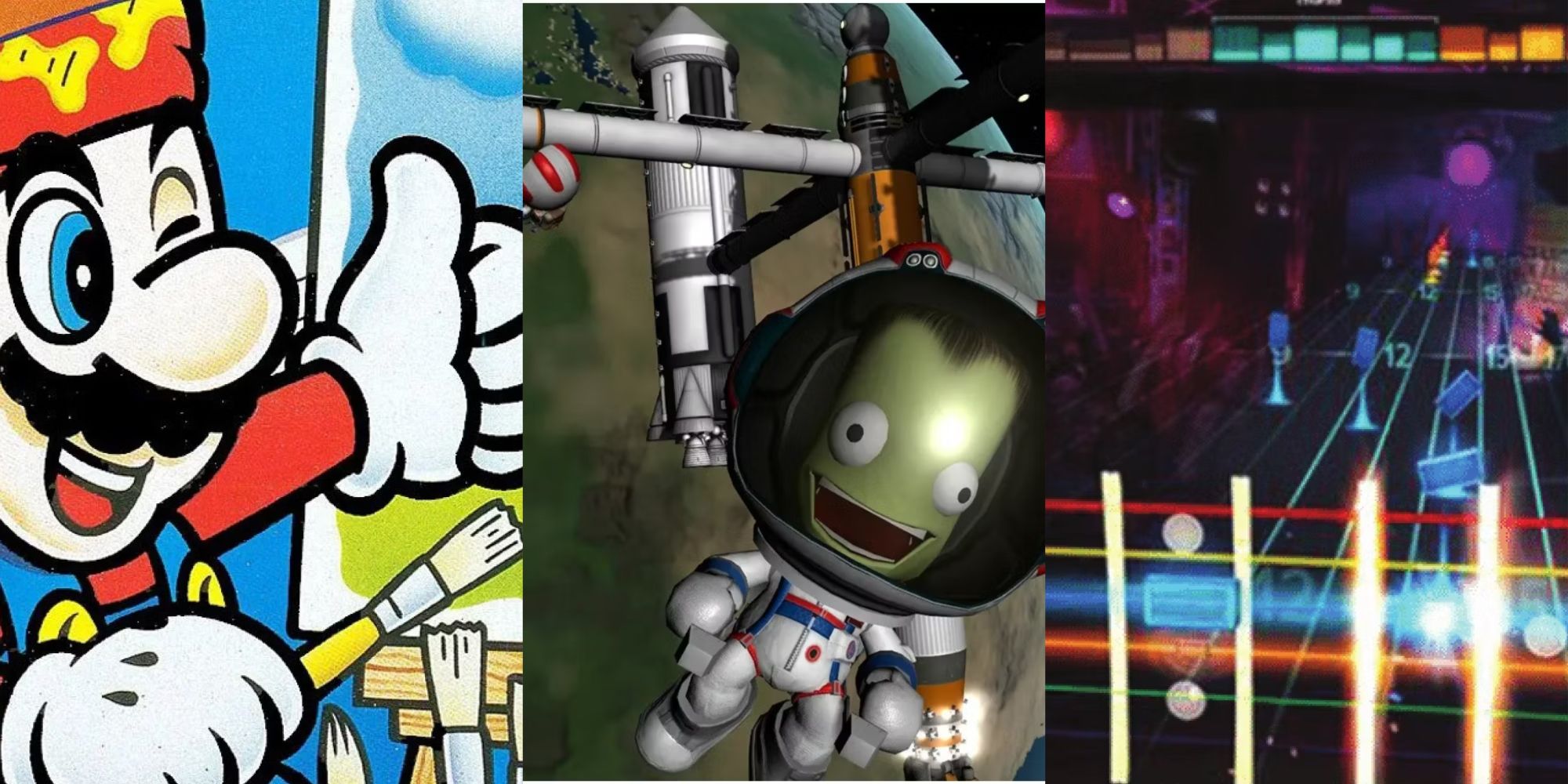
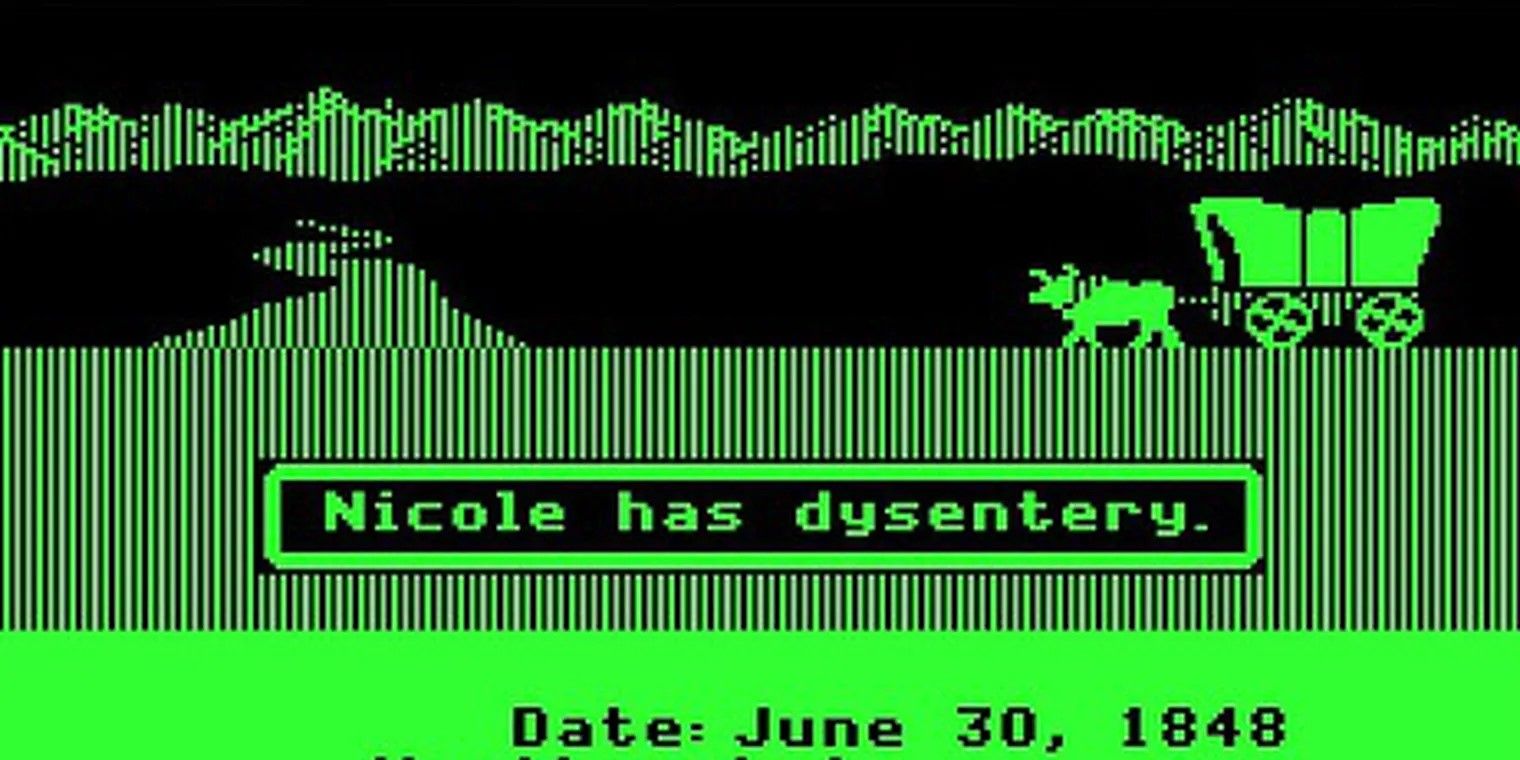
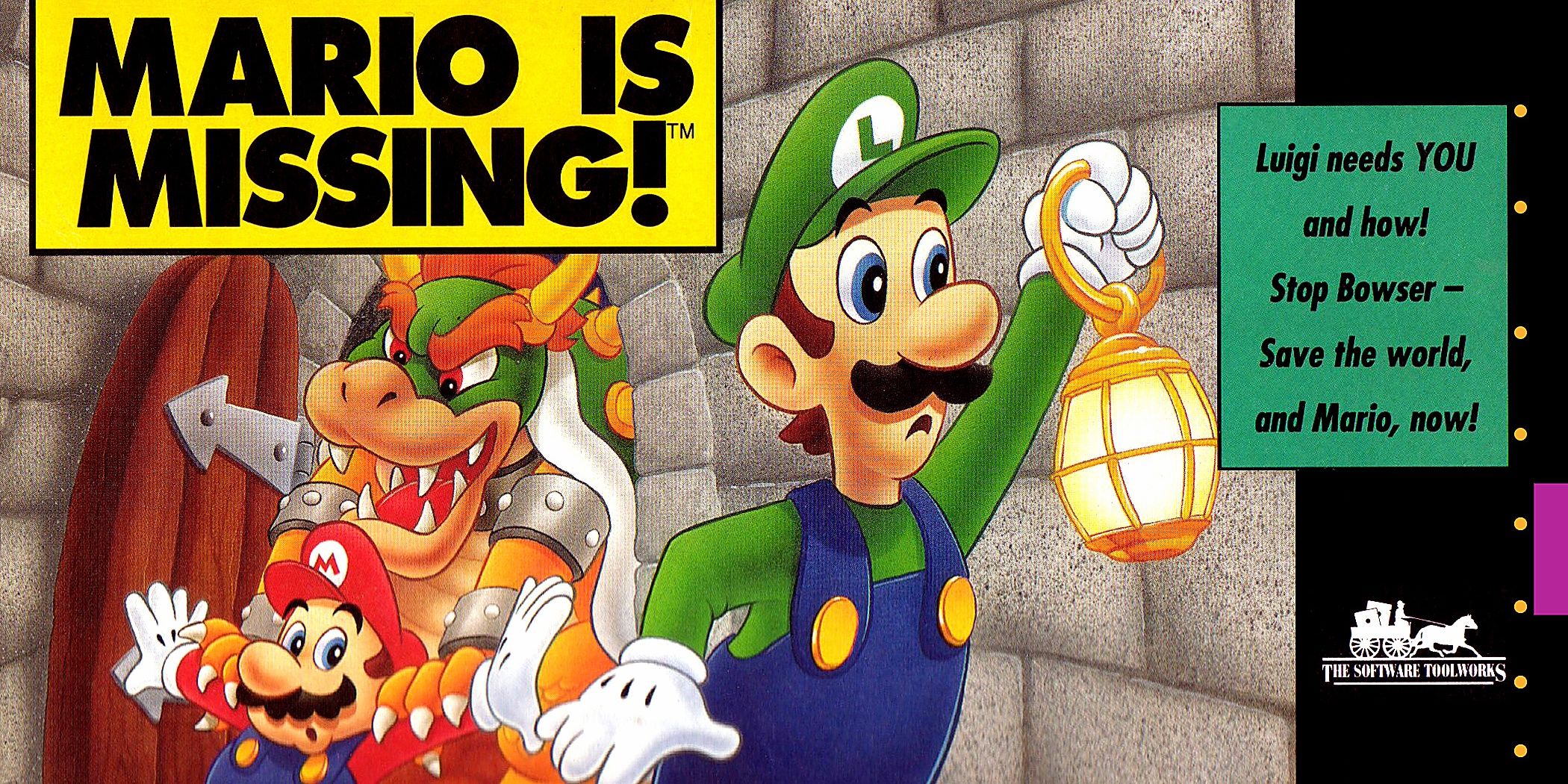
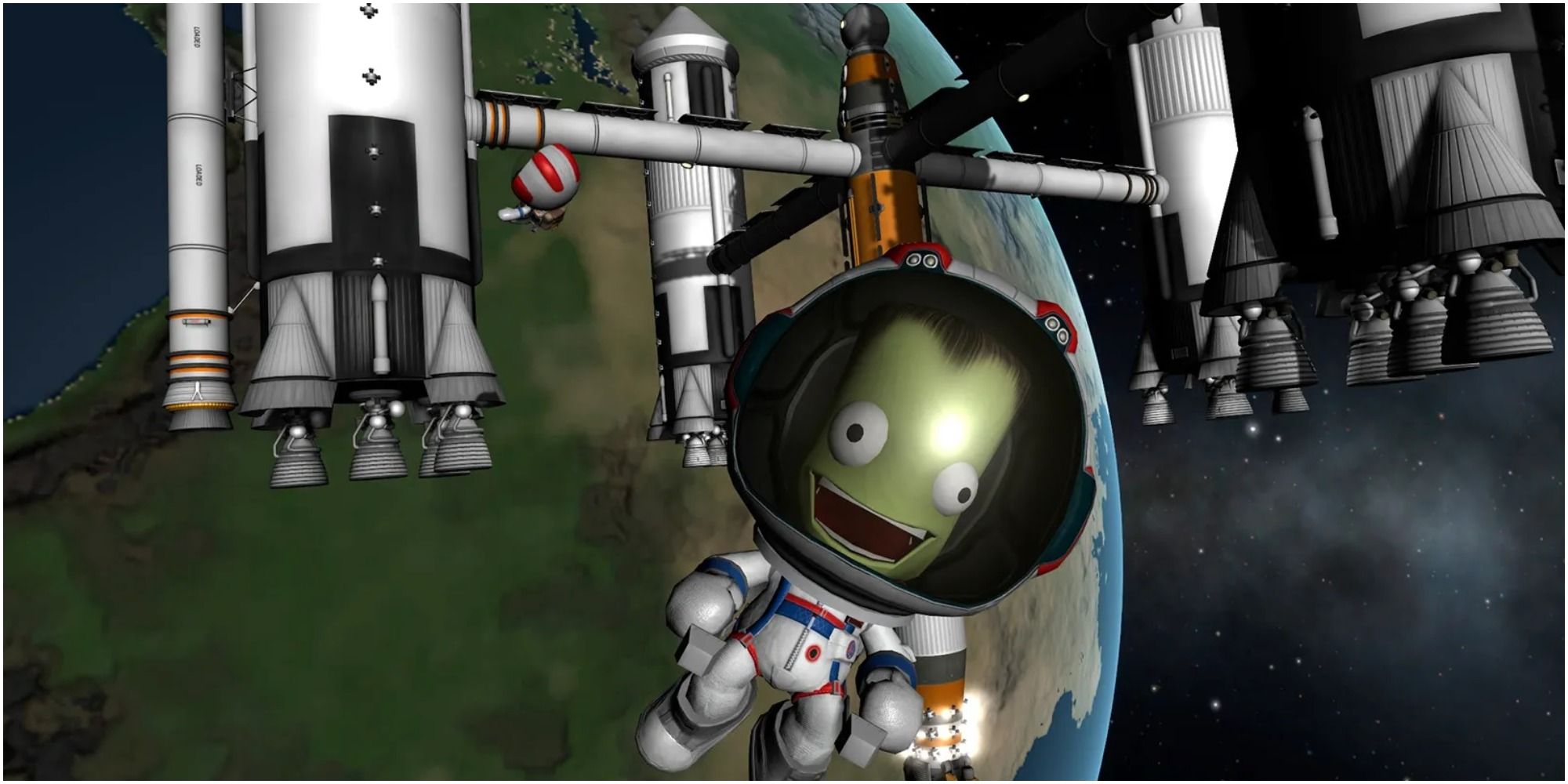
.jpg)
